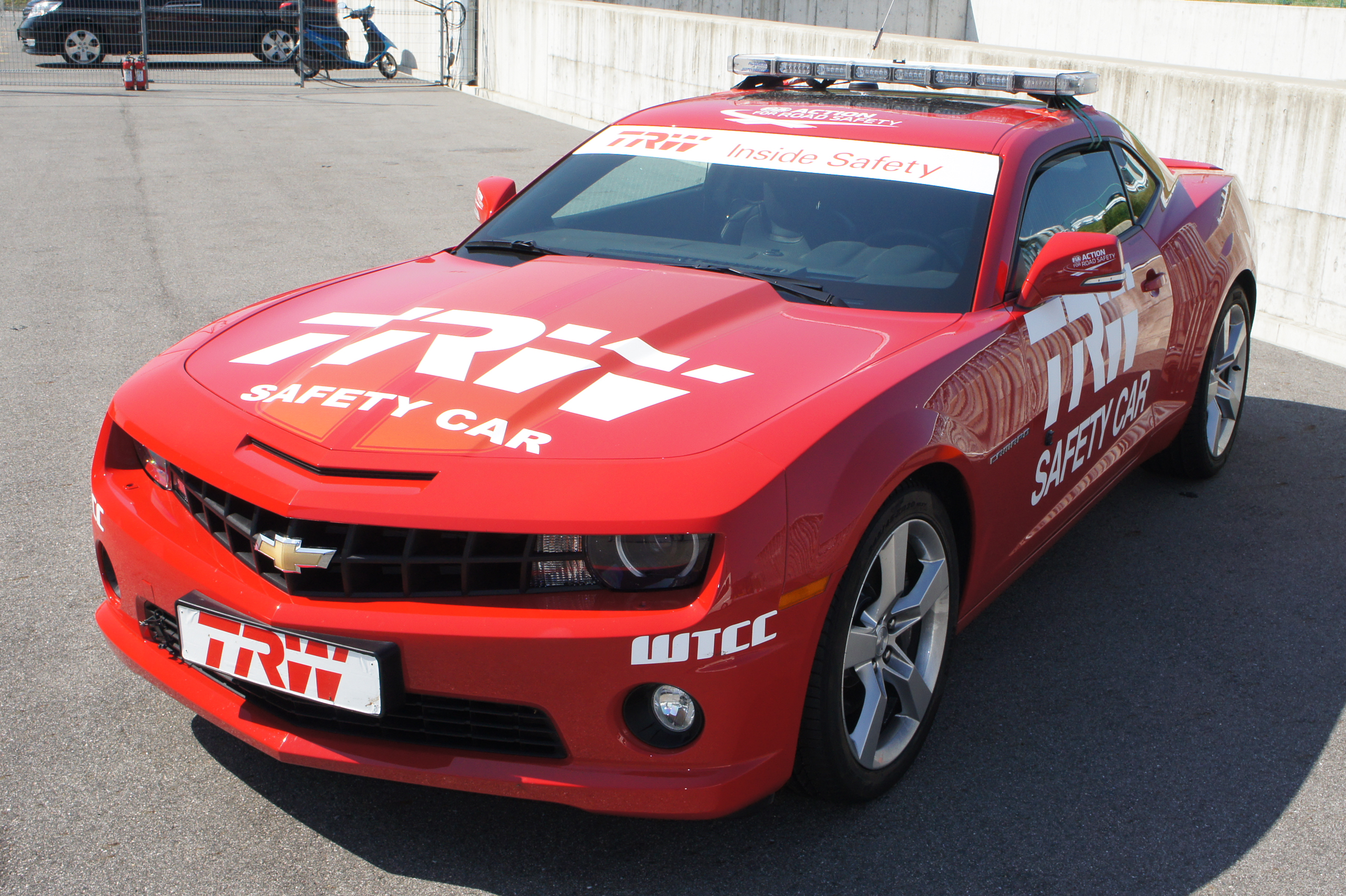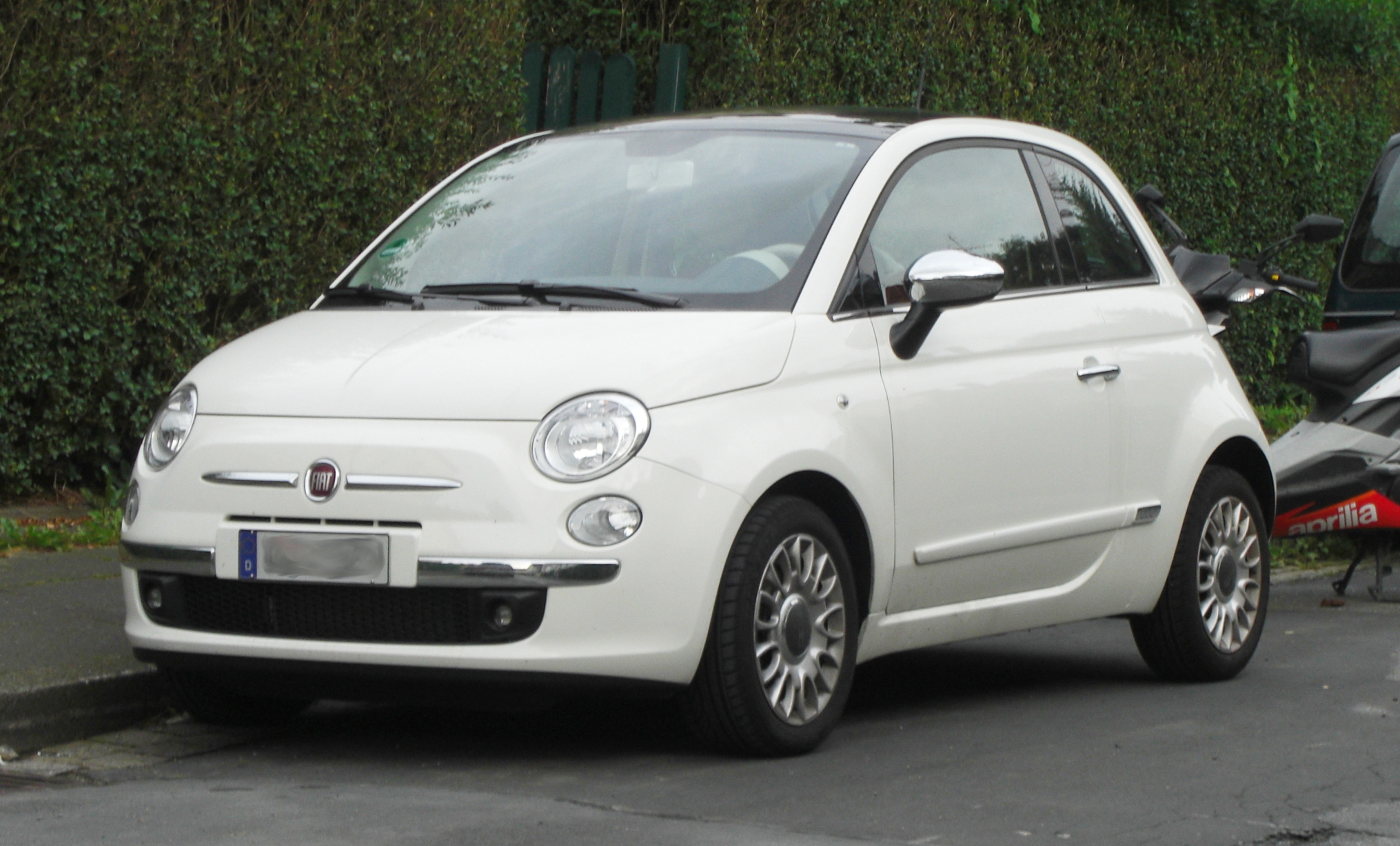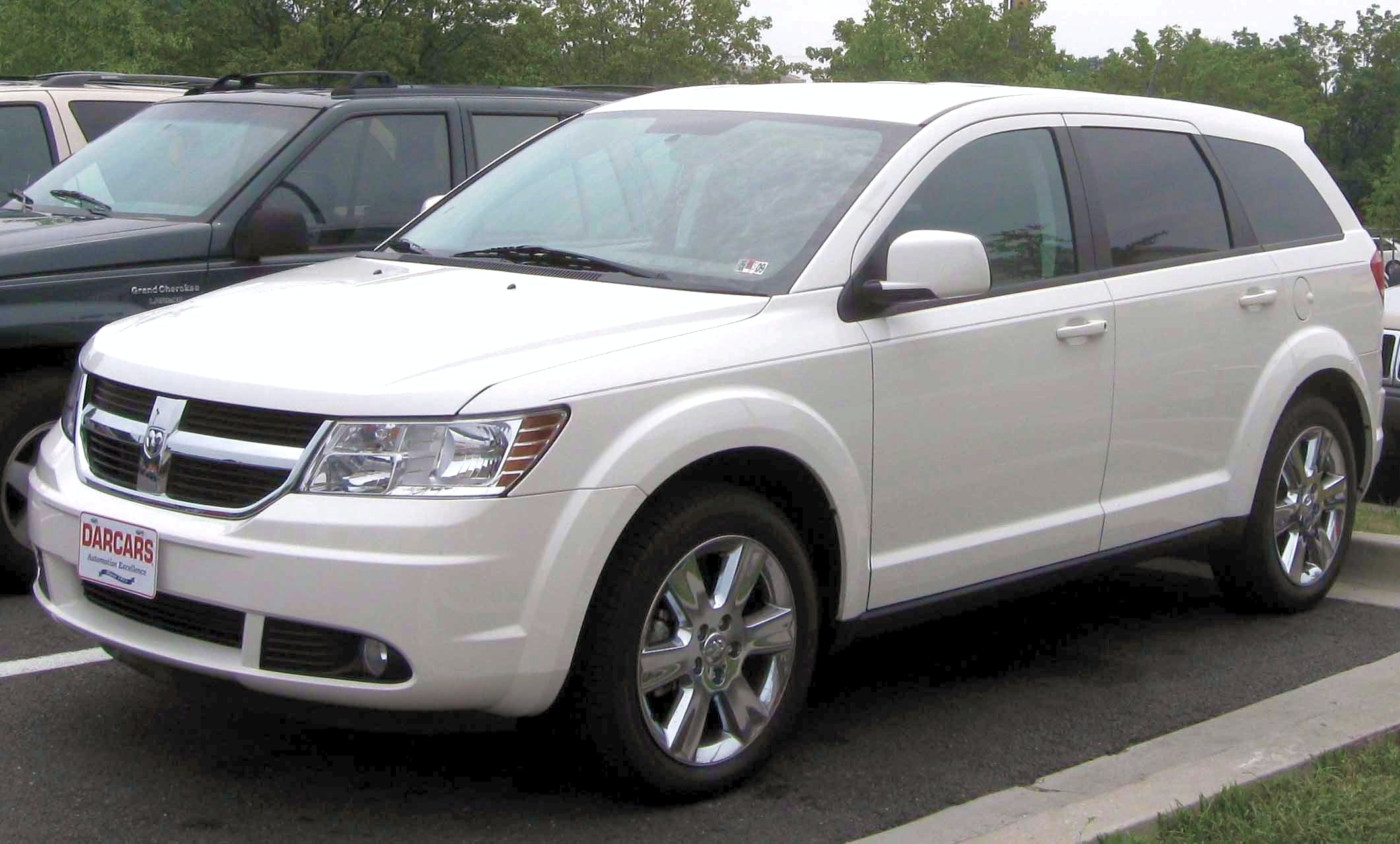Unsafe at Any Speed: Car Models That Failed Crash Tests

The landscape of automotive safety has evolved significantly since the publication of Ralph Nader’s groundbreaking book, “Unsafe at Any Speed” in 1965. This seminal work highlighted the myriad dangers present in American cars, particularly focusing on the Chevrolet Corvair. Nader voiced strong criticisms against automobile manufacturers, arguing that they deliberately resisted the introduction of essential safety features such as seat belts, instead prioritizing aesthetics and performance over passenger safety. The book not only became a bestseller but also played a crucial role in launching the movement for automotive safety reform, which eventually led to the establishment of the National Highway Traffic Safety Administration.

1. **Chevrolet Corvair (1960-1963)**: Arguably the most notorious vehicle discussed in Nader’s book, the Chevrolet Corvair was criticized for its swing-axle rear suspension that could lead to dangerous handling issues. Many drivers experienced severe oversteer, making it prone to rollovers during sharp turns. Despite significant safety concerns, the manufacturer was slow to implement crucial modifications, putting countless lives at risk. The Corvair’s design deficiencies solidified its place in automotive history as a cautionary tale about neglecting safety.

2. **Ford Pinto (1971-1980)**: The Ford Pinto is infamous for its fuel tank design, which could rupture in collisions, leading to deadly fires. Despite its popularity as an affordable compact car, the Pinto was involved in numerous accidents resulting in fatalities due to this defect. The revelations about Ford’s knowledge of the dangers and their subsequent decisions regarding fuel tank safety became a significant scandal in the industry, illustrating the dire consequences of corporate negligence in automotive safety.

3. **Volkswagen Beetle (1968)**: While beloved for its quirky design and reliability, certain models of the Volkswagen Beetle were criticized for their lack of safety features. The absence of crumple zones and outdated design elements made the Beetle less safe than its contemporaries. The 1968 models, in particular, received scrutiny for their performance in crash tests, leading to public outcry and calls for improvements in safety standards.

4. **Chrysler K-Car (1981-1989)**: Initially lauded for its innovative design and fuel efficiency, the Chrysler K-Car faced severe criticism for its poor crash test results. The K-Car’s lightweight construction made it less robust during collisions, resulting in higher injury rates for passengers. This dissonance between consumer expectations and the reality of safety performance indicates the pitfalls of prioritizing cost-cutting over engineering integrity.

5. **Dodge Dart (1960-1976)**: The Dodge Dart was another vehicle that garnered negative attention due to its safety shortcomings. Early models lacked adequate seat belt anchorage and structural integrity, leading to increased risks during collisions. As the public became more aware of these safety issues, the Dart’s image shifted from a reliable car to one viewed as a potential death trap.

6. **Chevrolet Malibu (1978-1983)**: The Chevrolet Malibu was heralded for its comfort and style but came under fire for subpar safety ratings. Its design did not adequately protect passengers in side-impact collisions, leading to a higher incidence of injuries in real-life accidents. The Malibu’s failures prompted discussions regarding manufacturer accountability and the need for improved safety regulations.

7. **Toyota Yaris (2005-2010)**: The Toyota Yaris, a small hatchback that gained popularity for its fuel efficiency, was involved in multiple safety scandals. Issues such as unintended acceleration and inadequate crash protection led to significant safety concerns. Studies indicated that the Yaris had one of the highest personal injury claims rates, raising alarms for potential buyers about the vehicle’s safety performance.

8. **Subaru Legacy (1995-1999)**: While known for its all-wheel-drive capabilities, certain model years of the Subaru Legacy faced criticism for poor crash test performance. The lack of modern safety features meant that occupants were at greater risk during accidents. Despite its reputation for reliability, the Legacy’s safety shortcomings challenged consumer trust in Subaru’s commitment to passenger safety.

9. **Nissan Versa (2007-2011)**: The Nissan Versa, though marketed as an affordable and practical choice, received low scores in crash tests, particularly for side-impact safety. Concerns about its structural integrity and the effectiveness of airbags in certain models led to public apprehension. The Versa’s reputation as a safe vehicle suffered as more data emerged regarding its crash performance.

10. **Hyundai Accent (2012-2017)**: The Hyundai Accent, while favored for its budget-friendly pricing, faced scrutiny over its crash test ratings. Tests revealed that the Accent’s design did not effectively protect passengers in severe crashes, leading to increased injury risks. The Accent’s failure to meet safety expectations prompted Hyundai to reevaluate its commitment to automotive safety and implement design changes.

11. **Fiat 500 (2012-2017)**: The Fiat 500 is adored for its retro charm and compact size, but it doesn’t escape criticism in crash safety evaluations. Some models of the Fiat 500 scored poorly in side-impact tests, which raises concerns about the protection offered to occupants in a collision. This model serves as a reminder that even vehicles with a strong aesthetic appeal can have safety shortcomings that potential buyers should be wary of.

12. **Chevrolet Spark (2013-2018)**: The Chevrolet Spark may be compact and budget-friendly, but safety ratings tell a different story. Its low performance in crash tests, particularly during frontal impacts, has caused alarm among safety experts. When considering a vehicle primarily for urban driving, buyers might want to think twice about the Spark’s lack of robust safety features.
13. **Kia Rio (2012-2017)**: Known for its affordability, the Kia Rio has faced scrutiny over safety concerns. Its performance in various crash tests has been criticized, especially regarding passenger protection during side-impact collisions. This brings attention to the potential risks involved in opting for budget cars that may skimp on crucial safety features.

14. **Mazda3 (2014-2018)**: While the Mazda3 is often praised for its handling and design, certain model years faced challenges in crash safety evaluations. Reports indicated that the lack of advanced safety technology in some variants made them less secure during front and side crashes. This showcases the importance of considering safety ratings alongside driving experience when selecting a car.

15. **Chrysler 200 (2015-2017)**: Initially marketed as a stylish sedan, the Chrysler 200 turned heads but fell flat in crash performance tests. The 200’s design failed to sufficiently protect occupants in moderate overlap front tests, leading to warnings from safety advocates. This example emphasizes the need for thorough testing and attention to safety in appealing vehicle designs.

16. **Dodge Journey (2009-2020)**: The Dodge Journey, a midsize SUV, has drawn attention for its safety performance. Several models scored poorly in crash tests, particularly for rear passenger safety. This raises questions about the efficacy of its design and the prioritization of safety in an increasingly competitive SUV market.

17. **Ford Focus (2012-2018)**: While the Ford Focus has a strong reputation for its driving dynamics, certain versions have been highlighted for their lack of safety features. The 2012-2018 models performed below expectations in crash tests, leading to increased scrutiny from safety organizations. It serves as a critical reminder that performance shouldn’t overshadow the necessity for passenger safety in vehicle design.

18. **Jeep Compass (2017-2020)**: The Jeep Compass has attracted attention for its off-road capabilities, but its crash test results have been less than impressive. The Compass struggled in side-impact testing, showcasing vulnerabilities in its design. This illustrates that even vehicles marketed for adventure must prioritize safety to ensure the well-being of occupants.

Each of these examples serves to highlight the ongoing battle for automotive safety. As we reflect on the failures of these models, it’s essential to recognize the progress made in safety standards and the continuing need for manufacturers to prioritize the well-being of drivers and passengers alike. The tragic history of poor-performing vehicles reinforces the critical need for regulations and public awareness, as we pursue a future where every new car comes with an assurance of safety that is non-negotiable and vital for all passengers. In the end, the legacy of Ralph Nader’s work—and the lessons learned from these flawed models—should guide us in the pursuit of safer roads for everyone.
Related posts:
In Dangers of the American Automobile
50 Years Ago, ‘Unsafe at Any Speed’ Shook the Auto World
20 Most Dangerous Cars in 2023
Discover more from Auto Travel World
Subscribe to get the latest posts sent to your email.












